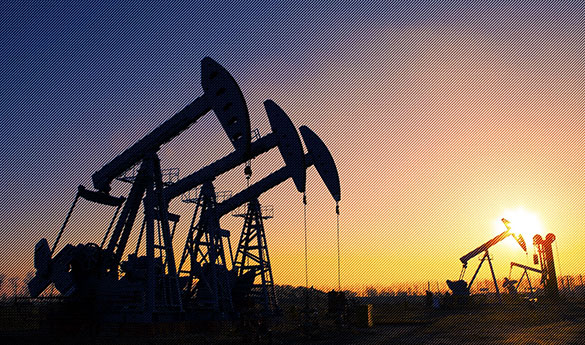AT A GLANCE
- After falling as much as 30% during COVID lockdowns, global oil demand is now back to about 95% of its pre-pandemic highs
- Tensions with China and a new wave of European lockdowns continue to threaten a recovery in U.S. crude oil exports
As a market strategist and trader, I’ve always told anyone who would listen that one of my favorite things about commodities like crude oil is the pure supply and demand dynamics of the market. At the end of the day, that is their driver, and while that may be true of all other tradeable assets at their core, it is the bottom and the top line for crude oil. No earnings to analyze, no CEO scandals, no mergers, no bankruptcies. Just analyze how much oil is out there and how much demand there is to offset that supply.
Shifting Supply Dynamics
Since the COVID-19 pandemic began in March 2020, most of the discussion has been about the shifting supply dynamics – from production cuts agreed to by OPEC and their allies in OPEC+, to the slowing of production within the U.S. shale oil patch due to the pandemic.
In Q1 of 2018, OPEC was producing 31.58 million barrels per day (mbpd) of crude oil, and that total continued to fall through the pandemic of 2020. By Q3 of 2020, the OPEC number had dropped to 23.61 mbpd, due to an agreed upon extension of 2016 production cuts. The U.S. was producing 10.49 mbpd by the end of Q1 2018. That figure rose to as high as 12.86 mbpd in November of 2019 and fell to 10.02 mbpd in May of 2020 (that number had risen to 11.06 mbpd by year end 2020).
Changes in Crude Oil Consumption
However, the key to the price action in crude and the price of gasoline at the pump during this supply drop was crude oil consumption, which you can clearly see in the chart below had separated from world production at an extremely rapid rate.

In Q1 and Q2 of 2020, world oil consumption (demand) had fallen convincingly below production (supply), adjusting the tight relationship that typically exists. Just as quickly, demand shot higher in late Q3. Then quite suddenly, demand began to rise and outstrip the new, lower levels of supply, but the U.S. had shuttered many wells by then. So, the effect on exports was not easily reversed.

